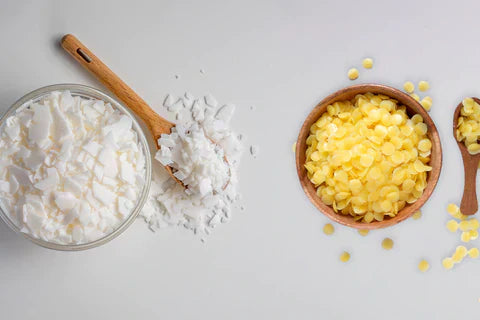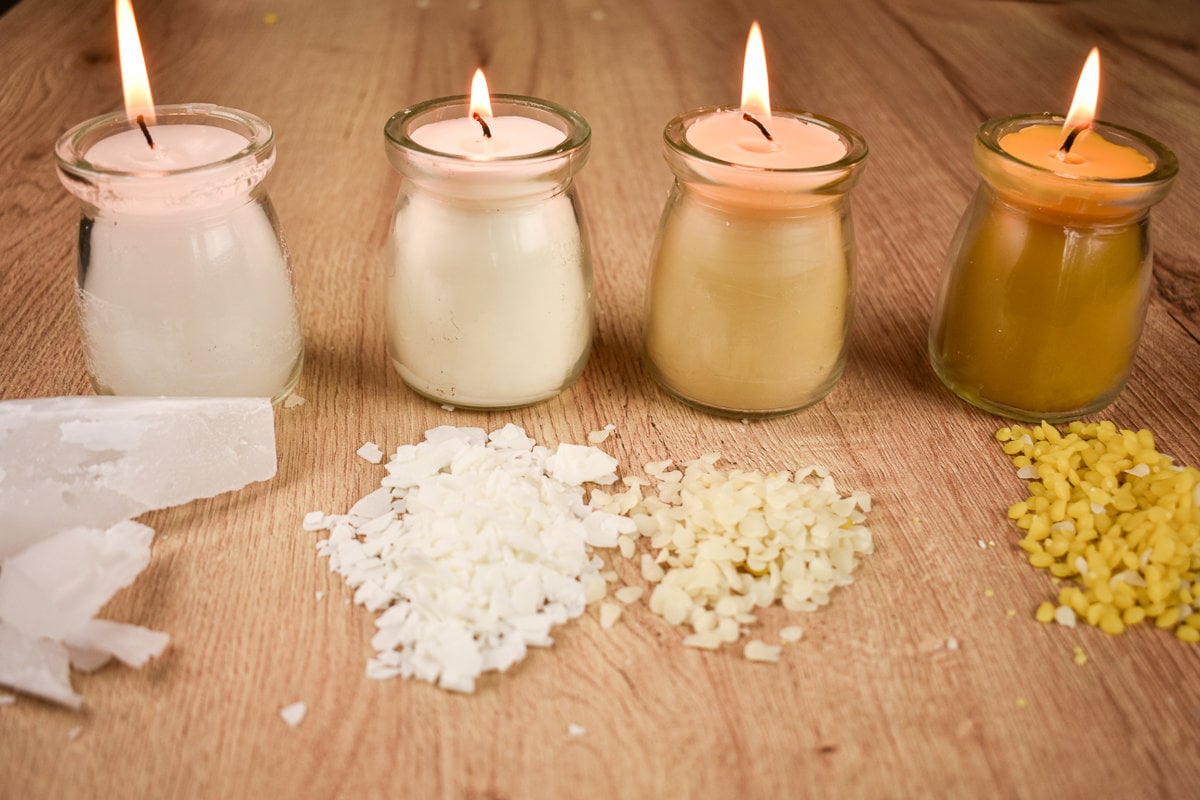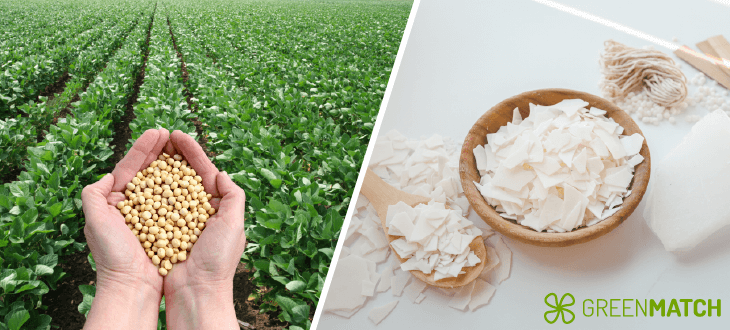Beeswax vs Soy Wax: What's the Better Candle Wax and Why?
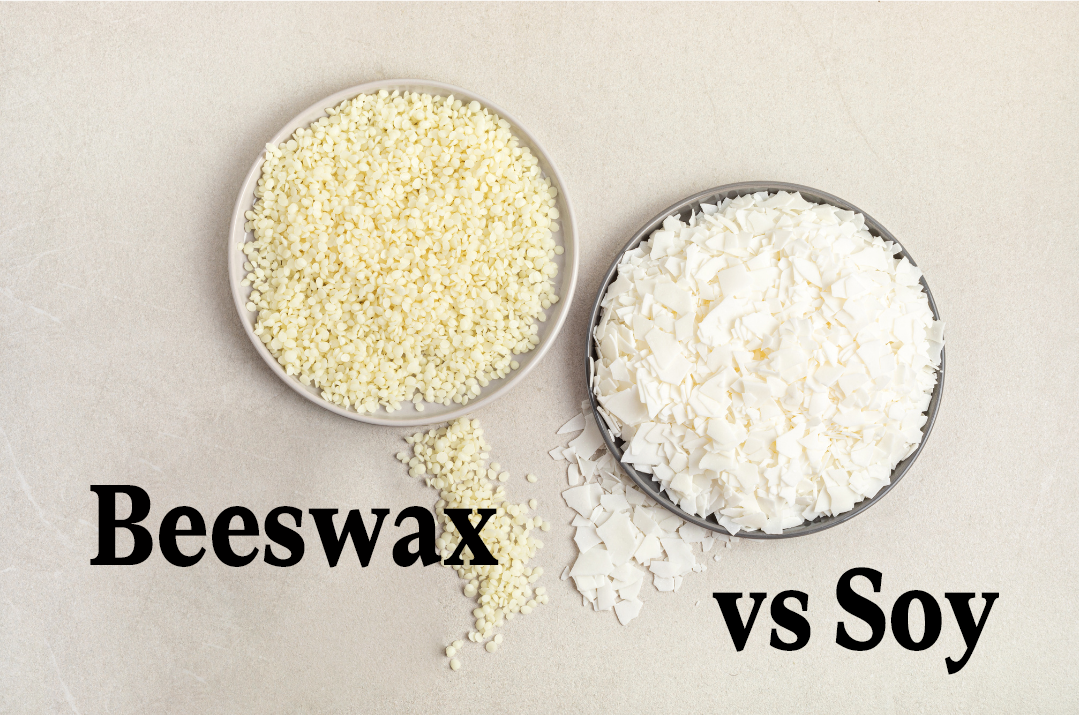
Candles do more than just light up a room they set the mood, influence air quality, and even impact your health. If you're a candle enthusiast or environmentally conscious buyer, you've probably asked: Is beeswax or soy wax better?
While both are popular alternatives to paraffin (a petroleum byproduct), beeswax and soy wax differ significantly in how they’re made, how they burn and how they affect both you and the environment.
Let’s explore the key differences between beeswax and soy wax supported by science and environmental studies so you can make an informed choice.
1. Source & Production
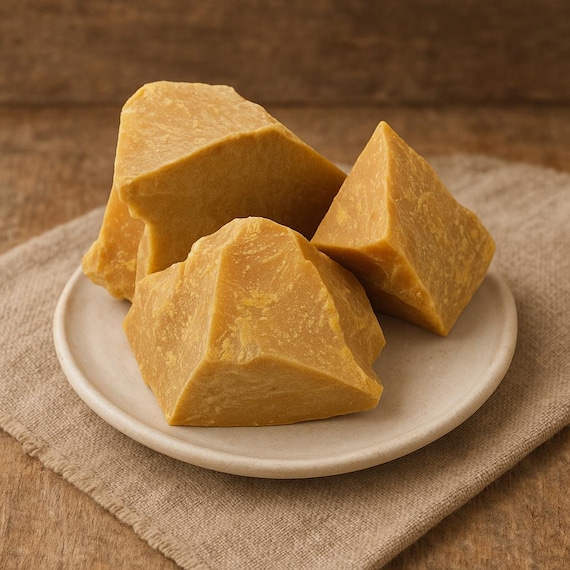
Beeswax:
Beeswax is a natural byproduct of honey production. Bees secrete wax from special glands to build honeycomb structures. Beekeepers collect excess wax during the honey extraction process.
* 100% natural animal-derived product
* Requires no chemical processing
* Often locally sourced in small-scale, sustainable operations
✅ Bonus: Beeswax supports beekeeping, which is essential for pollination and biodiversity.

Soy Wax:
Soy wax is derived from soybean oil, which is extracted from soybeans and then hydrogenated to turn the oil into a solid.
* Plant-based and vegan
* Most commercial soywax requires industrial farming, processing, and hydrogenation (a chemical process)
2. Burn Time and Efficiency
Beeswax:
* Has a higher melting point (around 144–149°F or 62–65°C)
* Burns slower and longer, producing a more radiant, warmer flame
* Less likely to drip when used properly
🔬 Study Insight: According to a study in Fuel Processing Technology (2013), beeswax candles have higher combustion efficiency than soy or paraffin waxes, meaning they release fewer particulates.
Soy Wax:
* Lower melting point (~113–127°F or 45–53°C)
* Burns faster than beeswax (though still slower than paraffin)
* Prone to tunneling and uneven burns if using improper wick and container pairing
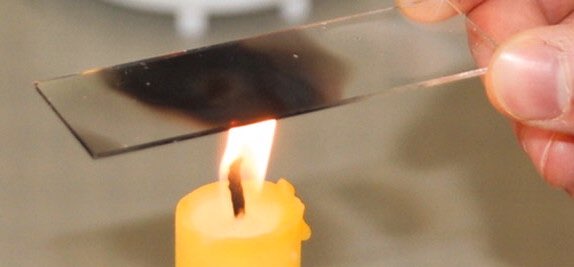
3. Air Quality & Emissions
Beeswax:
Beeswax is often considered the cleanest burning wax.
* Naturally ionizing: When burned, beeswax emits negative ions, which bind to pollutants (like dust, mold, and dander) and help neutralize them.
* Produces minimal soot or smoke
* Naturally scented with a subtle honey aroma
🔬 Scientific Note: While not heavily studied in modern peer-reviewed literature, anecdotal and older studies (like those from the American Chemical Society) support the negative ion-emitting properties of beeswax.
Soy Wax:
* Cleaner than paraffin, but not as clean as beeswax
* Can emit some soot if the wick is too long or unsuitable, or additives are present
⚠️ Fragrance Warning: A 2009 study presented at the American Chemical Society found that many scented candles (including soy-based ones) release potentially harmful chemicals like acetone and formaldehyde—though this often depends on the fragrance oils, not the wax itself. So always source from a reputable supplier.
4. Appearance, Texture & Scent
Beeswax:
* Naturally golden or creamy yellow (can also be filtered to white)
* Slightly tacky, dense, and pliable
* Naturally aromatic with a sweet, honey like scent no need for added fragrances
Soy Wax:
* Opaque white or off-white
* Soft and smooth to the touch
* Virtually odorless when pure commonly scented with essential or fragrance oils
🌱 Customization Tip: Soy wax is more versatile for adding fragrances and dyes, making it popular among craft candle makers.
5. Sustainability & Environmental Impact
| Criteria | Beeswax | Soy Wax |
|---|---|---|
| Renewable? | ✅ Yes | ✅ Yes |
| Biodegradable? | ✅ Yes | ✅ Yes |
| Vegan? | ❌ No (animal-derived) | ✅ Yes |
| GMO concerns? | ❌ Rare | ⚠️ Yes (unless non-GMO certified) |
| Supports ecosystems? | ✅ Supports bee populations | ⚠️ Linked to monoculture and deforestation |
🐝 Eco Insight: Beeswax, when sourced ethically, promotes healthy bee colonies. However, overharvesting or unethical beekeeping can be problematic. Always look for organic, cruelty free, or sustainably harvested labels.
6. Additives and Purity
* Beeswax is often used in its pure form free from additives or chemicals.
* Soy wax may contain stabilizers, colorants, or fragrance binders to improve performance. So if you need something pure, look into the labels to make sure it is 100% soy wax.
✅ Purity Note: Pure beeswax candles are often marketed as hypoallergenic and are a great option for those with sensitivities.
Final Comparison Table
| Feature | Beeswax | Soy Wax |
|---|---|---|
| Source | Animal-based (honeybee byproduct) | Plant-based (soybeans) |
| Burn Time | Longest | Moderate |
| Scent | Natural honey aroma | Neutral / needs fragrance |
| Smoke/Soot | Minimal | Low (can vary with additives) |
| Air Quality | Purifies with negative ions | Neutral / may emit VOCs |
| Vegan? | ❌ No | ✅ Yes |
| Eco Impact | Positive (if ethical) | Mixed (due to industrial farming) |
| Price | Higher | Lower |
Conclusion: Which One Should You Choose?
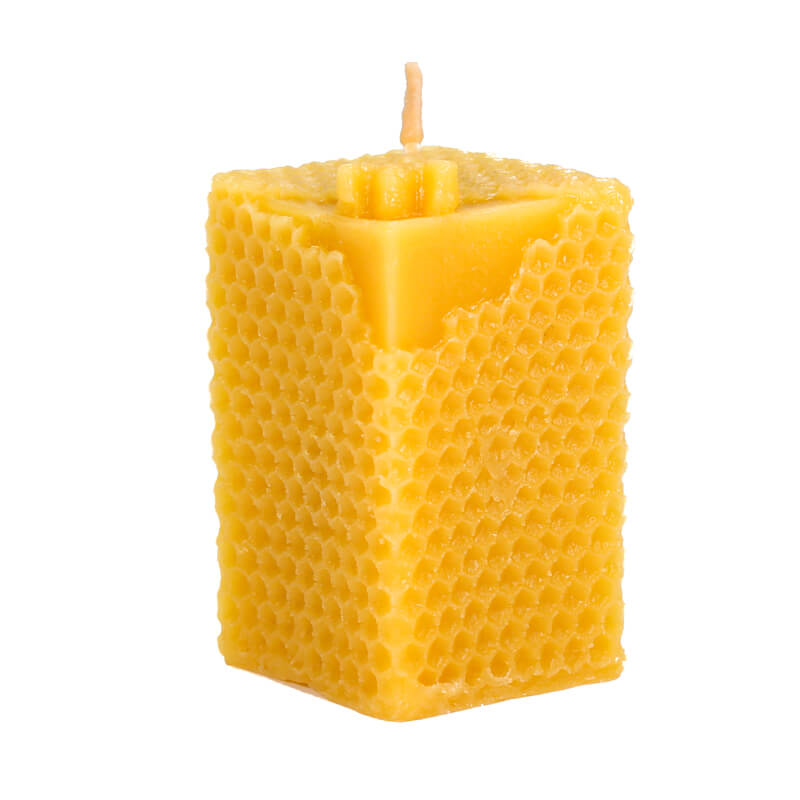
Choose beeswax if you want:
- A natural, long-burning candle
- Clean air and a light honey scent
- To support sustainable beekeeping
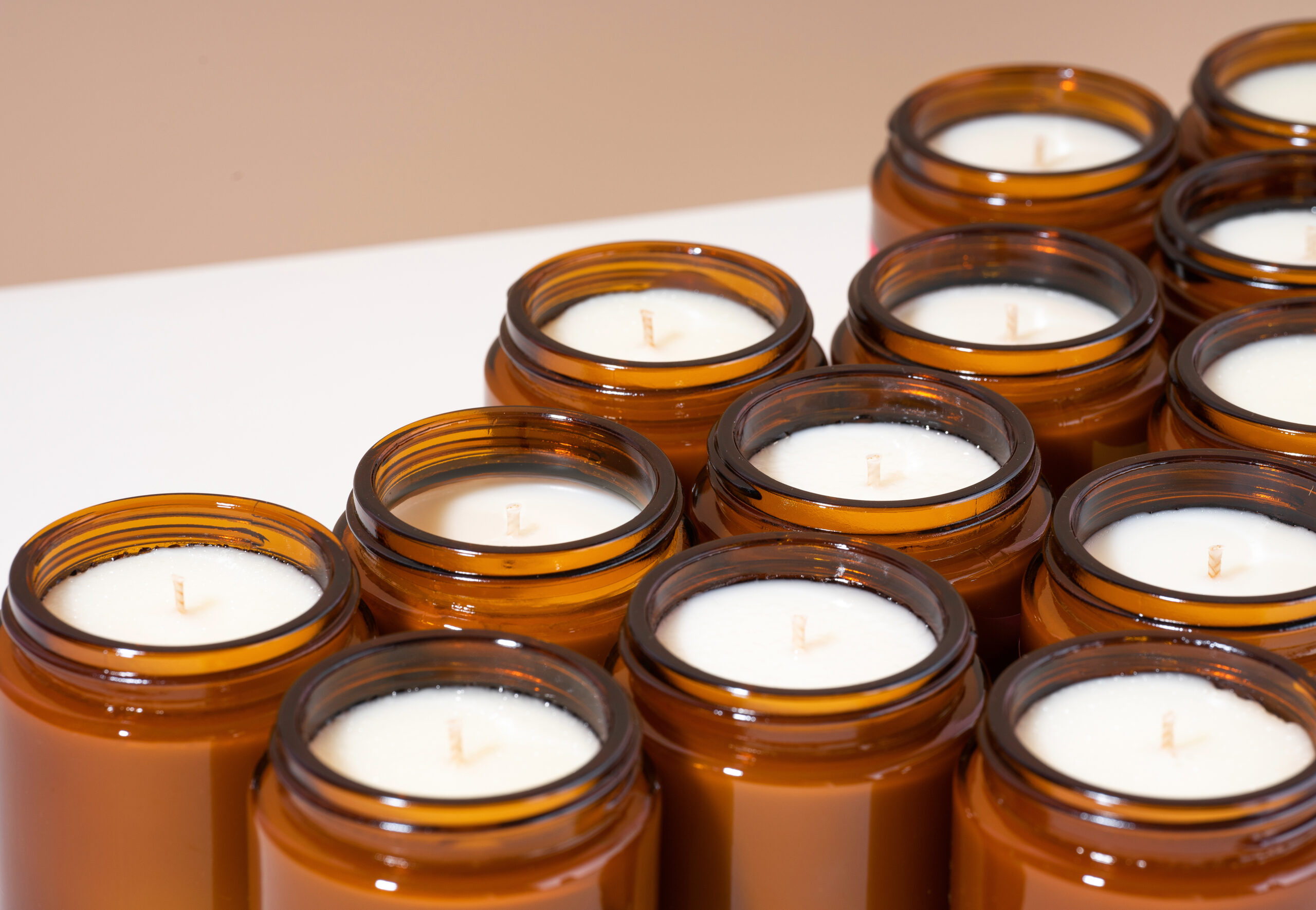
Choose soy wax if you want:
- A vegan, customizable candle
- A more affordable and fragrance-flexible option
- A renewable option with less soot than paraffin
Ultimately, the “best” wax depends on your values and purpose. For air quality and burn quality, beeswax wins. For affordability and vegan-friendly production, soy wax is a solid alternative especially when sourced responsibly.
✅ Quick Tips for Buying Better Candles:
- Look for 100% pure wax (avoid blends with paraffin)
- Choose lead-free cotton or wood wicks
- Go for essential oil-scented options over synthetic fragrances
- Support brands with transparent sourcing and eco-friendly practices
Do you prefer beeswax or soy wax candles and why? Drop a comment below or share your favorite brand!
Check out Craftiviti on our website at www.craftiviti.com of visit out store at Craftiviti, Centrepoint Bandar Utama.

